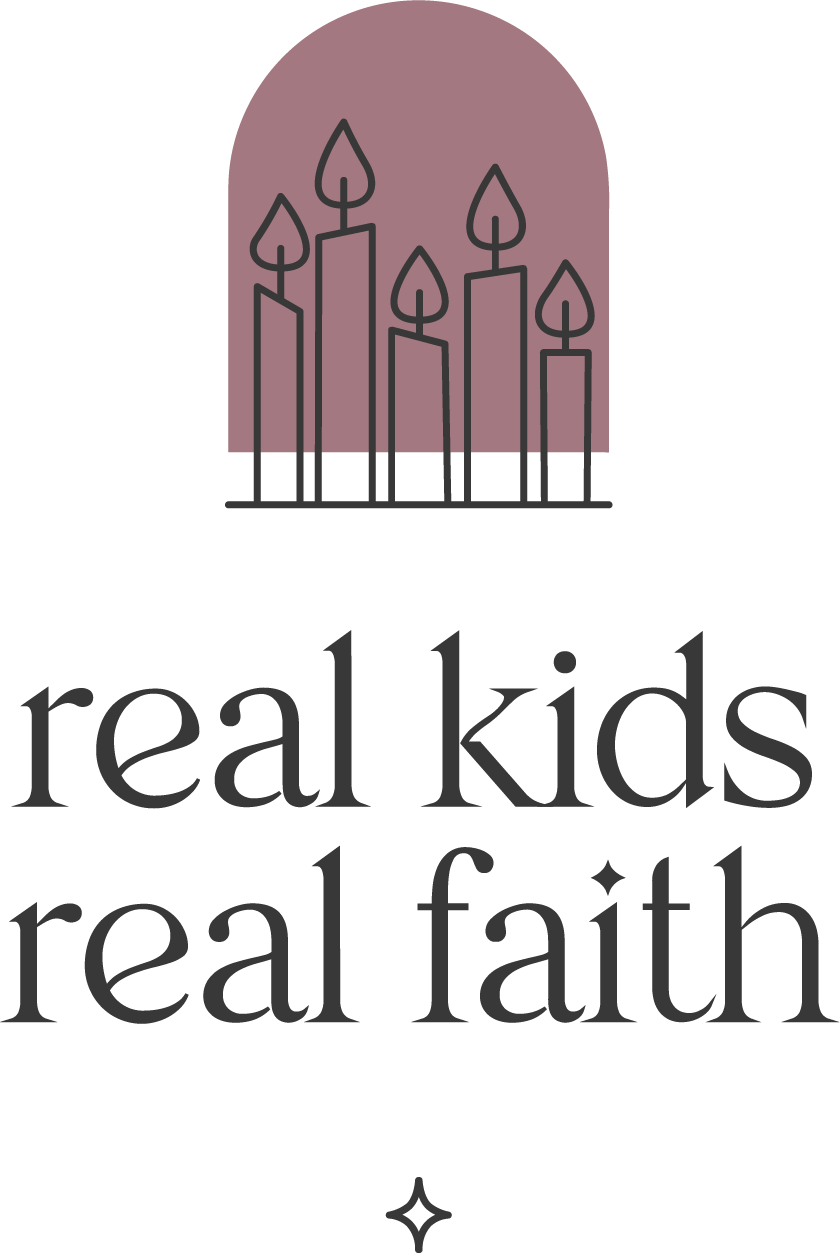My kids used to love puzzles that involved figuring out an unknown object from a close-up photo. They developed a set of basic questions they would ask themselves to narrow the options. (Think Twenty Questions, but with pictures.) Their process was not so different from the strategies you or I might use to play Wordle. It combined deductive reasoning and intuitive leaps to help them figure out the mystery.
Spirituality also poses mysteries for children to explore. They may wonder about religious artifacts, ethical issues, and spiritual practices. Having what experts call ‘thinking routines’ can help kids analyze, synthesize, and draw conclusions about whatever is puzzling them. And using such routines makes their spiritual thinking more visible because they can track their steps.
One such simple routine is See, Think, Wonder. This routine is particularly useful with visual objects, such as items, symbols, graphics, or videos related to spirituality and ethics. Say your child is concerned about climate change. They’ve seen infographics online or posters about environmentalism. Look at one of these graphics together and ask these three questions:
- What do you see? [This question helps children gather information.]
- What do you think about that? [This question prompts them to reflect on what they see.]
- What do you wonder? [This question encourages them to notice what else they want to learn.]
With younger children, you can switch the questions to simple finish-the-sentence prompts:
- I see…
- I think…
- I wonder…
Another thinking routine is Connect, Extend, Challenge. Perhaps your child has overheard people debating the importance of environmental activism. They are repeating phrases (like ‘carbon footprint’ and ‘reduce/reuse/recycle’) and you want them to more fully understand those concepts. Invite them to join you in doing some research about these topics and, as you explore various resources, ask yourselves the following questions:
- How is this information connected to something you already know? [This question helps children identify connections among ideas so they can integrate information over time.]
- What new ideas or impressions do you have that take your thinking in new directions? [This question encourages children to extend their thinking rather than simply using or discarding information based on whether it affirms what they already know.]
- What is challenging or confusing? What do you need to learn to improve your understanding? [These questions remind children that learning happens over time and they have the power to continue their exploration even when learning is difficult.]
You might even want to use these two thinking routines in sequence. For example, your child has noticed that a neighbor has a mezuzah (a Jewish religious artifact) on their doorway. You might ask them the See, Think, Wonder questions to help them flesh out their curiosity about this interesting item. Then you can use their responses (e.g., “I see a box with strange symbols on it,” “I think it might be something special or important,” “I wonder if there is anything inside it”) to guide some joint research online into the history and use of mezuzot. As you find and read this information, you can pose the Connect, Extend, Challenge questions and answer them together.
Related Resources
- Boosting Critical Thinking Across the Curriculum | Edutopia
- Visible Thinking | Project Zero
- At Home with PZ | Project Zero
- See, Think, Wonder
- Connect, Extend, Challenge
- Decision Matrix
- Can You Identify Everyday Objects By These Close-Up Pictures?
- Twenty Questions - Wikipedia
- Mezuzah - Wikipedia
- Exploring Spiritual Traditions through Objects

Comments